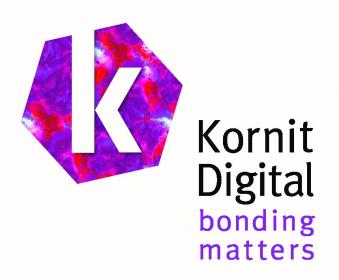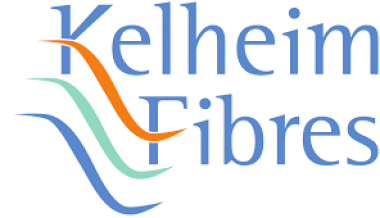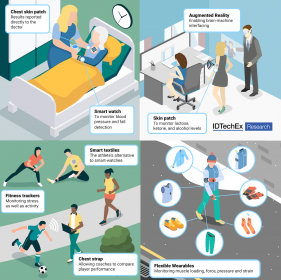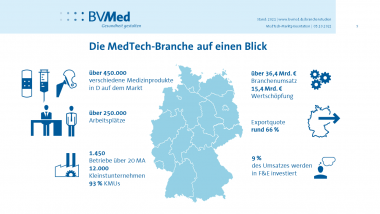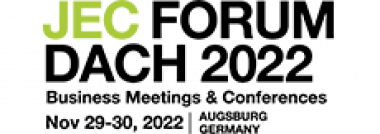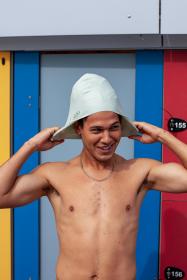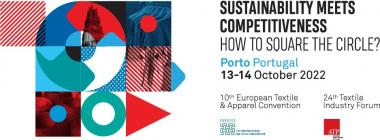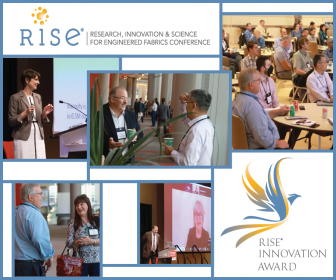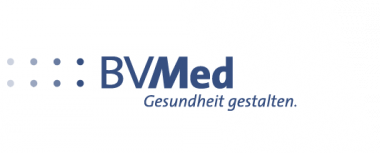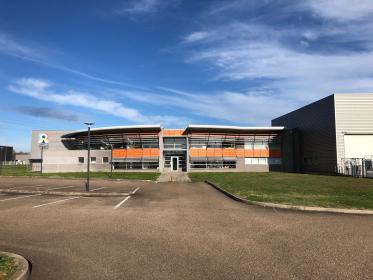U.S. Cotton Trust Protocol begrüßt Ralph Lauren als neues Mitglied
Das U.S. Cotton Trust Protocol freut sich, die Ralph Lauren Corporation als neues Mitglied begrüßen zu dürfen und sie in ihren Bemühungen sowie Nachhaltigkeitspraktiken zu unterstützen.
Basierend auf dem Konzept zeitloser Mode hat Ralph Lauren in seiner Global Citizenship and Sustainability strategy, Timeless by Design, das Engagement des Unternehmens für dauerhafte positive Auswirkungen auf den Planeten und seine verschiedenen Interessensgruppen in drei Säulen dargelegt: einen bewussten Kreationsprozess, Umweltschutz sowie die Förderung besserer Lebensbedingungen. In Orientierung an Timeless by Design arbeitet Ralph Lauren daran, die Bodengesundheit zu erhöhen – durch Programme, die regenerative Praktiken sowie eine genaue Messung der jeweiligen Auswirkungen fördern.
„Baumwolle macht mehr als drei Viertel unseres gesamten Materialverbrauchs aus, und wir haben uns verpflichtet, bis 2025 sicherzustellen, dass diese zentrale Faser in unserem Portfolio vollständig aus nachhaltigen Quellen stammt. Dieses ehrgeizige Ziel erfordert die Zusammenarbeit und Partnerschaft mit Organisationen wie dem Trust Protocol, mit dem wir daran arbeiten, nachhaltige Baumwolle weiter voranzutreiben – in unserem Unternehmen sowie in der gesamten Branche“, sagt Katie Ioanilli, Chief Global Impact & Communications Officer bei Ralph Lauren.
Das Trust Protocol setzt sich als Nachhaltigkeitsinitiative für eine kontinuierliche Verbesserung in sechs Nachhaltigkeitsbereichen ein: Landnutzung, Bodenkohlenstoff, Wassermanagement, Bodenverlust, Treibhausgasemissionen und Energieeffizienz. Das Trust Protocol integriert diese Nachhaltigkeitskriterien aus der Fieldprint®-Plattform von Field to Market und ermöglicht registrierten Landwirten, die Umweltauswirkungen ihres Betriebs zu messen und Möglichkeiten für kontinuierliche Verbesserungen zu erkennen. Gleichzeitig bekommen Marken und Einzelhändler die Möglichkeit, über aggregierte, von Control Union Certifications geprüfte Daten zum Thema Nachhaltigkeit zu berichten.
U.S. Cotton Trust Protocol Ralph Lauren cotton Cotton USA Baumwolle Nachhaltigkeit
U.S. Cotton Trust Protocol / Hill+Knowlton Strategies GmbH







